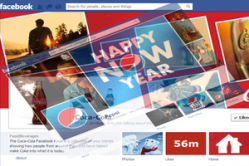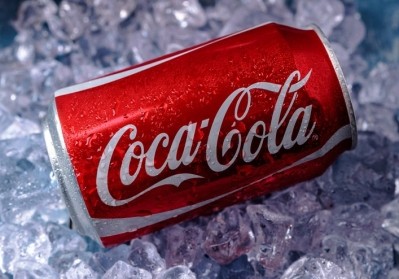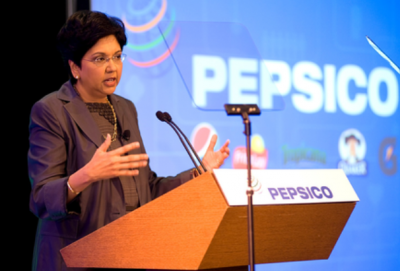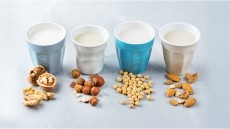Coke and Pepsi shifting bottling assets to build brands in 2013: Rabobank analyst

Rabobank analyst Ross Colbert, from the firm’s Food & Agribusiness Research and Advisory Global Beverages team, draws this conclusion in a new report titled, ‘Thirsting for Growth: Global Beverage Outlook 2013’.
Significant continued M&A activity meant that both The Coca-Cola Company and PepsiCo were restructuring their bottling systems, Colbert said.
Coke’s sale of its Philippines franchise to FEMSA was pending, he noted, while the former had also bought a 50% stake in Saudi Arabian bottler Aujan Industries – key moves in two fast-developing markets.
Meanwhile, PepsiCo entered a JV with Tingyi-Asahi Beverage Holdings in 2012, then inked an agreement to re-enter Myanmar.
“These transactions signal a new wave of refranchising…as both companies look to shift bottling assets to strong franchise partners, allowing each to focus their efforts on brand-building and marketing,” Colbert said.
“As CSDs face slower growth, the focus on non-carbonates has intensified, and in 2013 we can expect to see Coca-Cola and PepsiCo increase their marketing efforts for RTD teas, sports and other healthy beverages.”
Onwards to Iran, Saudi Arabia, Nigeria?
Speaking more generally of global buoyancy in soft drinks, Colbert said that bold multinational beverage companies may need to move beyond the large BRIC markets to tap further global growth in 2013.
He pointed to a growing US debt burden and economic austerity measures in Europe, added to ageing populations in these regions, both of which would feed into weaker consumer demand.
Colbert also predicted slower growth in emerging markets, coupled with price and supply volatility for key beverage commodities such as sugar, corn and barley.
In 2013 the global soft drinks industry would continue to straddle two different worlds, Colbert said: mature developed markets of Europe and North America and developing markets like Latin America and Asia where high growth rates had slowed.
Although the large BRICs would continue to drive soft drink growth in 2013, the analyst added: “For the boldest multinational companies, the quest for growth may mean catching the next wave beyond BRIC markets.”
Such firms could move “deeper into the untapped regions of the Middle East and Africa (MEA), where low per capita consumption makes markets such as Iran, Saudi Arabia and Nigeria the new regional hot spots for soft drinks in 2013,” Colbert said.
Danone, Nestlé cautious on waters
Although bottled water would continue to lead global soft drink volumes, with 213m liters (41%+ of total current volumes) Colbert said that growth had slowed due to the world recession.
Nevertheless, the North American market grew for a third consecutive year in 2012, Colbert said, while the outlook for growth in 2013 was 2-3%.
“Danone and Nestle have taken a more cautious approach with their global bottled water investments, and neither company is expected to launch new initiatives in emerging markets in 2013,” the analyst said.
Overall, global bottled water volume was projected to grow 5.4% in the coming year, he added.
Despite coming second to waters in volume terms, CSDs still led in value terms, Colbert said, before predicting 2% global segment growth in 2013 led by Brazil and Mexico (60% absolute value growth from 2011 and 2016).
“The Coca-Cola Company dominates both of these important CSD markets, with PepsiCo coming in a distant second,” Colbert said.
Meanwhile, the two fastest-growing soft drink segments worldwide were RTD tea and Asian specialty drinks, the analyst added, with projected growth rates of 9% and 14% respectively.



















